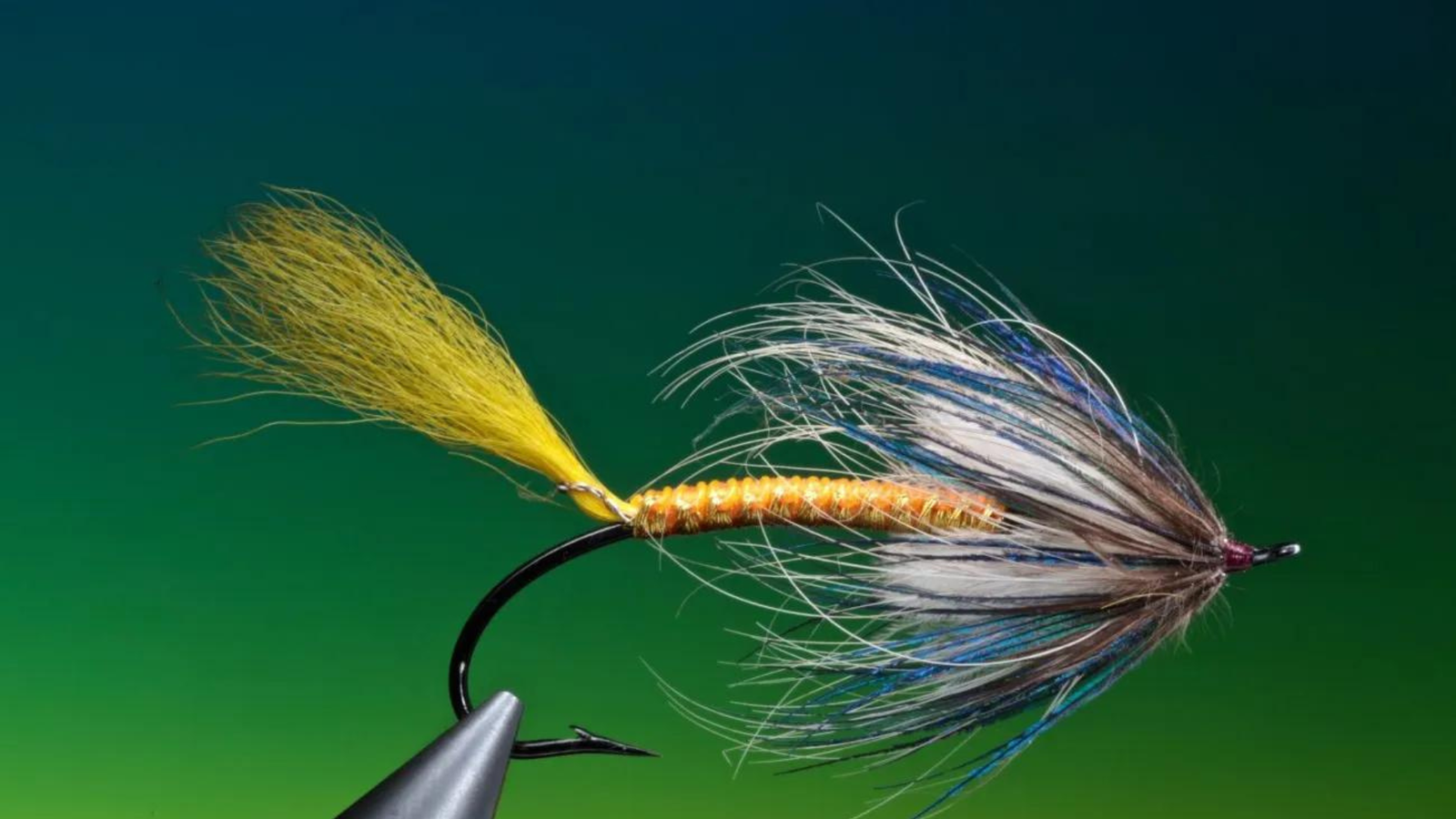Choosing the correct salmon fly for steelhead fishing can significantly improve your chances of a successful catch. Steelhead are known for their selective feeding habits, making fly selection a critical aspect of your fishing strategy.

How to Select the Right Salmon Fly for Steelhead Fishing
Understanding Steelhead Feeding Behavior
Steelheads feed on a variety of prey depending on the season and water conditions:
- Prey Species: They often target small fish, crustaceans, and aquatic insects like mayflies and caddisflies.
- Seasonal Variations: Fly patterns that mimic prevalent insects or baitfish during specific seasons can attract more strikes.
Matching the Hatch
Matching the hatch involves selecting flies that closely resemble the insects or baitfish present in the water:
- Research: Observe local hatch charts and gather information on the predominant insect species.
- Fly Patterns: Choose flies that mimic the size, color, and behavior of the insects steelhead are feeding on.
Fly Size and Profile
Consider the size and profile of the fly based on water conditions and fish activity:
- Water Clarity: In clear water, opt for smaller, more natural-looking flies to avoid spooking fish. In murky water, larger and more visible patterns may be effective.
- Profile: Flies with a slender profile are often preferred, resembling the silhouettes of small fish or insects.
Fly Color
Color plays a crucial role in fly selection for steelhead fishing:
- Natural Colors: Use earth tones like browns, olives, and blacks to mimic natural prey.
- Bright Colors: In stained or murky water, bright colors like orange, chartreuse, or pink can attract attention.
Fishing Techniques and Water Conditions
Adapt your fly selection to fishing techniques and specific water conditions:
- Swinging Flies: Traditional swinging techniques often use larger, more vibrant patterns to provoke aggressive strikes.
- Dead Drifting: For more subtle presentations, choose smaller, natural-colored flies and adjust weight to maintain a natural drift.
Fly Patterns for Steelhead
Popular fly patterns for steelhead fishing include:
- Egg Patterns: Mimic the appearance of salmon or steelhead eggs, which are a staple food source.
- Streamer Patterns: Imitate small fish or baitfish, enticing strikes from predatory steelhead.
- Nymph Patterns: Represent aquatic insects and crustaceans found on the riverbed.
Local Knowledge and Expert Advice
Seek advice from local anglers, guides, or fly shops to gain insights into effective fly patterns:
- Local Favorites: Local knowledge can provide recommendations on productive fly patterns and fishing techniques specific to the area.
- Guide Services: Consider hiring a guide for personalized instruction and access to prime fishing spots.
Experimentation and Adaptation
Steelhead can be selective, so don’t hesitate to experiment with different flies and techniques:
- Trial and Error: Test various fly patterns and sizes until you find what elicits strikes.
- Seasonal Adjustments: Be prepared to switch flies as insect hatches change throughout the year.
Conservation and Ethical Fishing
Practice catch and release to preserve steelhead populations and their habitats:
- Handling: Handle fish gently and use barbless hooks to minimize injury.
- Regulations: Adhere to fishing regulations regarding catch limits, size restrictions, and designated fishing areas.
Conclusion
Selecting the right salmon fly for steelhead fishing requires understanding fish behavior, matching the hatch, and adapting to water conditions. By choosing appropriate fly patterns, experimenting with techniques, and respecting conservation practices, you can enhance your steelhead fishing experience.



